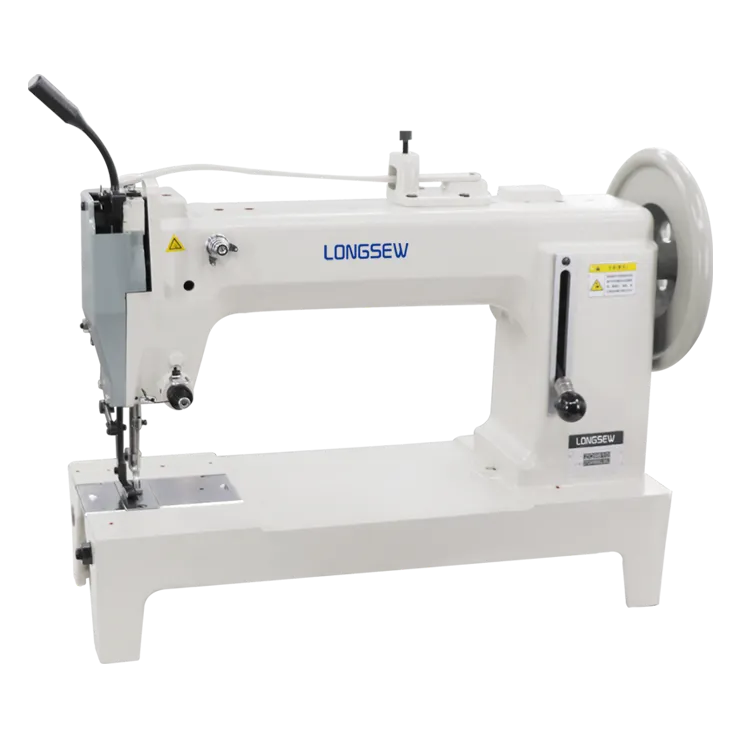Essential Guide to Choosing Leather Sewing Machine Belts for Optimal Performance
Understanding Leather Sewing Machine Belts
Leather sewing machine belts are an essential component for a wide range of sewing machines, particularly those used in heavy-duty applications like upholstery, leather goods manufacturing, and industrial sewing. These belts are designed to withstand high levels of stress and durability, ensuring the sewing process runs smoothly and efficiently. In this article, we will explore the different types of leather sewing machine belts, their benefits, maintenance, and how to choose the right one for your sewing needs.
Types of Leather Sewing Machine Belts
Leather sewing machine belts come in various types and styles, each designed for different machine models and applications. The most common types include flat belts, round belts, and V-belts.
1. Flat Belts These are traditionally made of leather and are flat with a smooth surface. They are typically used in older sewing machines and are known for their ability to transmit power efficiently.
2. Round Belts Round leather belts are circular and provide flexibility, which makes them suitable for sewing machines that require a more adaptable drive mechanism. They tend to be less prone to slipping and can handle varying tension levels.
3. V-Belts V-belts, while not always made of leather, have a V-shaped cross-section that allows for better grip and power transmission. They are more common in modern sewing machines, though leather versions can also be found.
Benefits of Leather Belts
leather sewing machine belts

Leather sewing machine belts offer several advantages over synthetic alternatives. One of the primary benefits is their strength and durability. Leather can support heavy loads and comes with a natural resistance to wear and tear. Additionally, these belts tend to absorb vibrations better, which contributes to a smoother sewing operation.
Moreover, leather belts can be adjusted and repaired more easily than synthetic ones. If a belt stretches over time or becomes worn, it can often be stretched back to its original size or patched up, providing long-lasting functionality.
Maintenance of Leather Belts
To ensure the longevity of leather sewing machine belts, regular maintenance is key. It’s important to keep the belts clean and free from dust, oil, or moisture, as these elements can degrade the leather over time. Regularly checking the tension of the belt can also prevent slippage and excessive wear. If a belt starts to show signs of cracking or dryness, applying a good quality leather conditioner can help restore its flexibility.
Choosing the Right Leather Belt
When selecting a leather sewing machine belt, there are several factors to consider. First, ensure that the belt is compatible with your sewing machine model. Measure the size of the existing belt or consult the manufacturer for recommendations. Second, consider the type of projects you will be working on. If you will be sewing heavy materials like leather or canvas, a heavy-duty leather belt is preferable.
In conclusion, leather sewing machine belts play a critical role in the functionality and efficiency of sewing machines, particularly in industrial and heavy-duty settings. By understanding the types of belts available, their benefits, and proper maintenance techniques, you can ensure that your sewing projects run seamlessly and effectively. Investing in a high-quality leather belt can make a world of difference in your sewing experience.
-
Industrial Cylinder Arm Sewing Machine: Revolutionizing Heavy-Duty SewingNewsJul.28,2025
-
Cylinder Arm Sewing Machine: Perfect for Special Sewing ApplicationsNewsJul.28,2025
-
Cylinder Bed Sewing Machine: Essential for Sewing Complex MaterialsNewsJul.28,2025
-
Heavy Duty Sewing Machine: The Essential Tool for Industrial ApplicationsNewsJul.28,2025
-
Computerized Pattern Sewing Machine: Revolutionizing Precision StitchingNewsJul.28,2025
-
Heavy Duty Industrial Sewing Machine: Power Meets PrecisionNewsJul.28,2025
-
Leather Sewing Machine: The Industrial Standard for Tough MaterialsNewsJul.18,2025





























